Relevance is in the Eye of the Beholder: Design Principles for the Extraction of Context-Aware Information
FIU College of Business - ISBA
Arturo Castellanos, PhD Candidate
Information Systems and Business Analytics
acast317@fiu.edu
www.arturocastellanos.com
Research Landscape

Context
Awareness
Recommender Systems
Analyzing CSR Reports
Improving Case Management
Relevance is in the eye of
the beholder
ExUp: Inferring Multiple-Dimension
Rating System
RQ: Product features + User pref => add context to ratings
- Conference: WITS
- Journal (target): DSS
- Conference: DESRIST, AMCIS
- Journal (target): DSJ & JCC
Exploratory Business Discourse Analysis
RQ: Environmental sustainability embeddedness discussion
Reporting Styles in a Foster Care Organization
RQ: Documentation styles to identify best practices?
Basic Classes in Conceptual Modeling: Theoretical Foundations and Practical Guidelines
RQ: Design principles for context-aware systems
- Conference: WITS
- Journal (target): JAIS
- Conference: DESRIST, AMIA
- Journal (target): MISQ, JAMIA
{Background}
- Adoption and use of technology

- PhD Candidate - Information Systems and Business Analytics
College of Business - Florida International University
- Design Science Research (DSR)
- Analytics: Healthcare, Consumer, Banking, Retail
Healthcare: HITECH Act , EHRs, HIEs (Interop.)

Moving from fee-based to performance-based (HIT)
- Data-intensive industry: capture, store, process, and communicate information to decision makers for better coordination of care
- Healthcare is a complex and multidisciplinary domain (e.g., complex workflows, HIPAA)
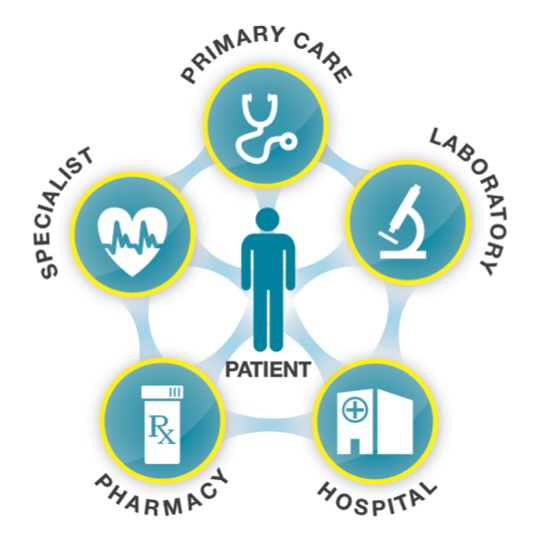
- medical condition
- treatment options
- providers, payers & regulators
Is it a design problem?

Blue Button (VA) - The first version was limited to text
- How would it look like for patients with multiple conditions?
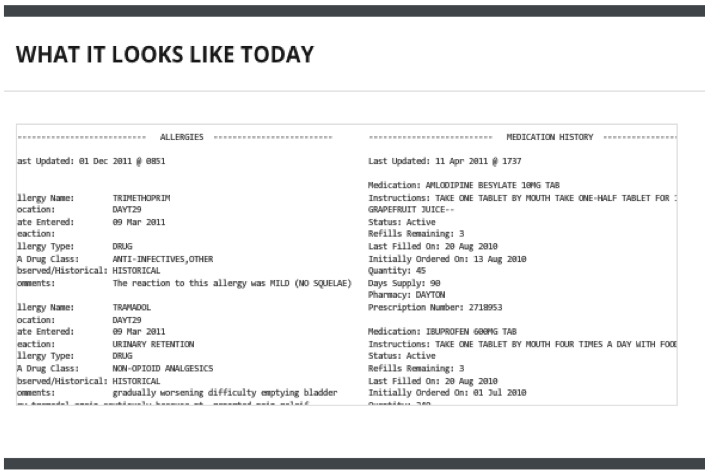
Source: Health Design Challenge
Crowdsourcing UX Design for an EMR
Crowdsourcing UI Design for EMR

Design Objectives (from the design challenge):
Source: Health Design Challenge
- Improve the visual layout and style of the information from the medical record
2. Create a human-centered design that makes it easier for patient to manage their health
3. Enable health professionals to more effectively understand and use patients' health information
4. Help family members and friends care for their loved ones
UI Design for EMR - Winning Design

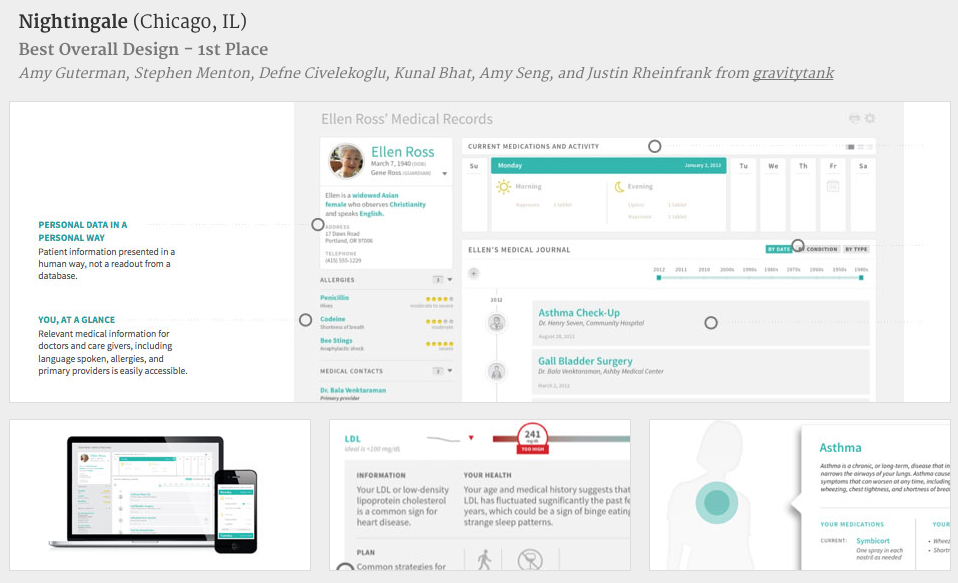
Relevant? What makes it relevant?
Relevant. What makes it relevant?

Latest vital signs? Temperature, blood pressure, heart rate, respiratory rate, O2 saturation, etc.
Current medications? dosages, timing, and priority (routine/PRN), previous medication, etc.
Allergies?
Pre-existing conditions?
...
It depends!




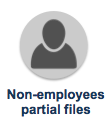
Different users need different information
Why so?

Irrelevant information influence user’s judgment when processing information (Silver, 1991)
Decision aids can benefit users (cognitive effort & decision quality) (Haubl and Trifts, 2000)
Success depends on the faithfulness of the representations (Burton-Jones & Grange, 2012)
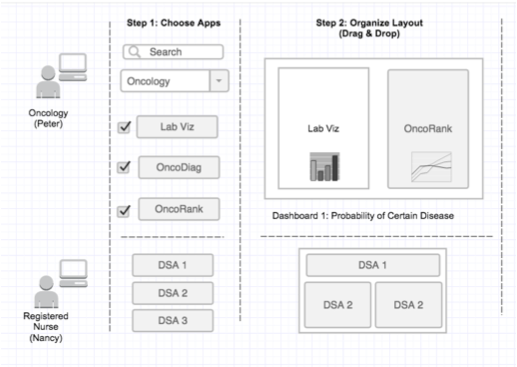
Personalization of Information Modules
An "app" ontology
A healthcare
platform
like an "app store"
(Mandl et al., 2010) - Jamia
An info Prob. - Psychological foundation

Cognitive research plays an important role in the development of information systems since these systems are representations of real-world tasks (Davern, Shaft, & Te'eni, 2012)

Different observers may choose to model the world differently (Wand & Weber, 1990)
Information systems reflect how humans organize the knowledge about a domain (Parsons, 1996)
Although the surface structure (e.g., user interface, interaction) of an information system may vary, the deep structure (e.g., domain representation) should be a faithful representation of the world that is being represented (Burton-Jones & Grange, 2012).
(...Information Architecture...)
Cognitive science provides theories and models of knowledge organization, concepts, categorization, and classification (Lakoff, 1987; Eleanor Rosch, 1999; Smith & Medin, 1981)
Psychological foundation

a) Ability to predict unobservable attributes (inferential utility)
b) Optimize information processing and transfer (cognitive
economy)
The ability to predict attributes of instances of a class, increases as the scope of the class decreases.
Animal
Bird
Osprey
a?
b?
Concepts provide two primary functions: cognitive economy (of resources) and inferential utility
Ontology



1. I'm not feeling well.

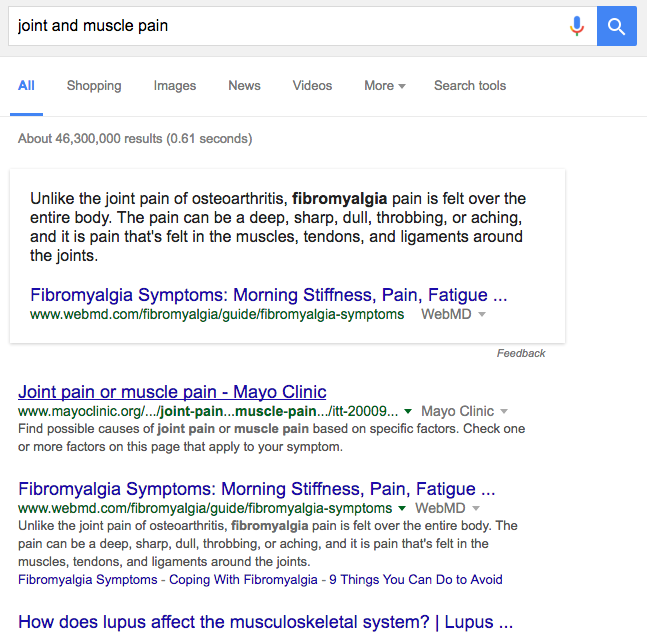
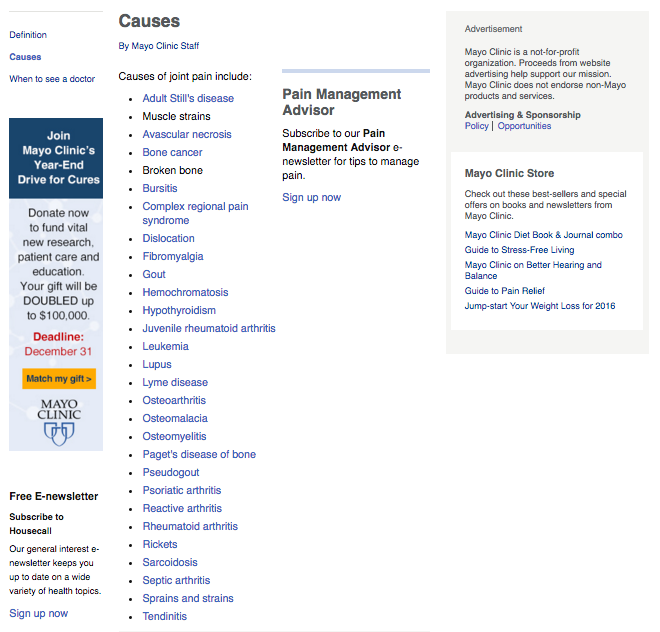
Med students or
physician
For patients
1.
2.
3.
4. Refine query
Ontology + Context



1. I'm not feeling well.
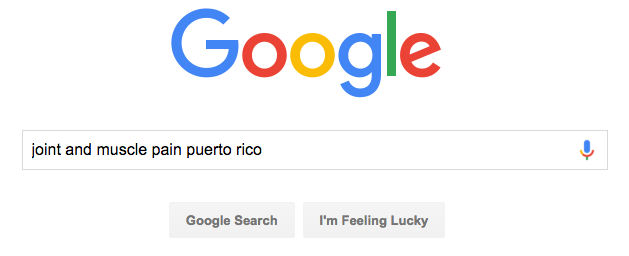
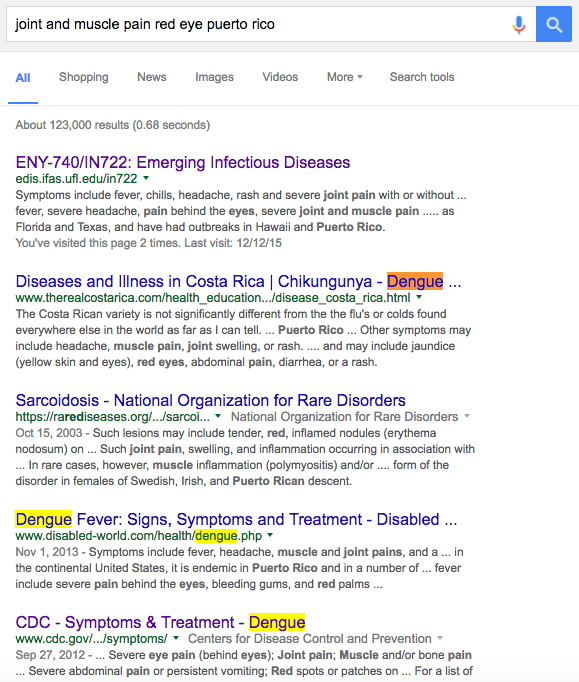
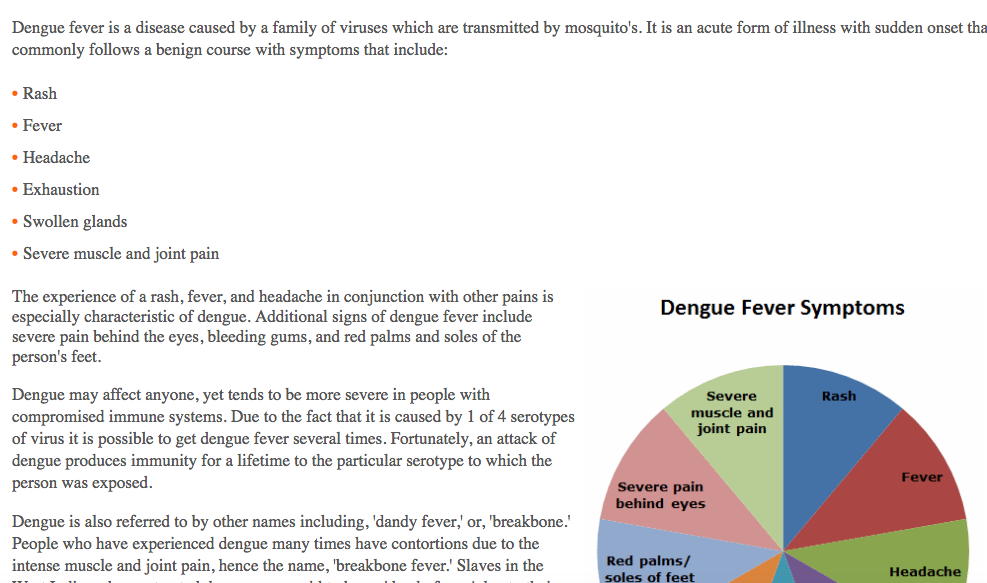
Med students or
physician
For patients
1.
2.
3.
Context-aware

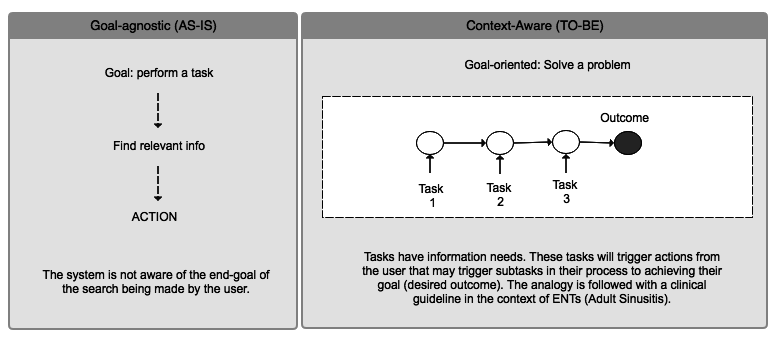
Information Supply Chain (ISC) (Sun and Yen 2005)
Need for reliable and timely information to make information-driven or evidence based decisions (Friede, Blum et al. 1995)
Application: IR

User profile could be inferred from:
- The whole search history to model long term user interests (Tamine-Lechani et al., 2008)
- Recent search history to model short term user interests (e.g., session) (S. Sriram et al., 2004)
- The user profile is represented as a graph of the most relevant concepts of ontology in a specific search session and not as an instance of the entire ontology -- a weighted graph of semantically related concepts of a predefined ontology (Daoud et al., 2009)
IR/HIS - Psychology

Evidence-based clinical practice integrates the individual clinical expertise with clinical evidence from systematic research, leading to more effective and efficient diagnosis (Sackett, 2000).
Specific objectives of the guideline are to reduce inappropriate variations in care, produce optimal health outcomes, and minimize harm.
Classification is one approach to handling large volumes of data. Organize information by classifying documents into the best matching concept(s) from a predefined set of concepts.
Implications: Crowdsourcing

Citizen Science:
"non-experts often lack the knowledge to identify species, they may opt not to participate or may provide inaccurate data by accidentally misidentifying something."
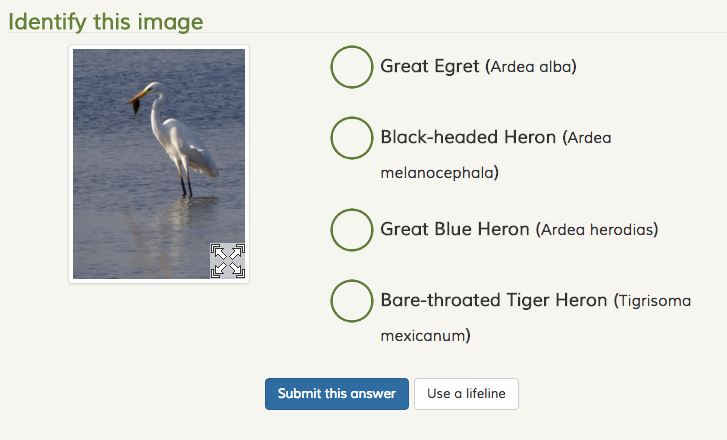
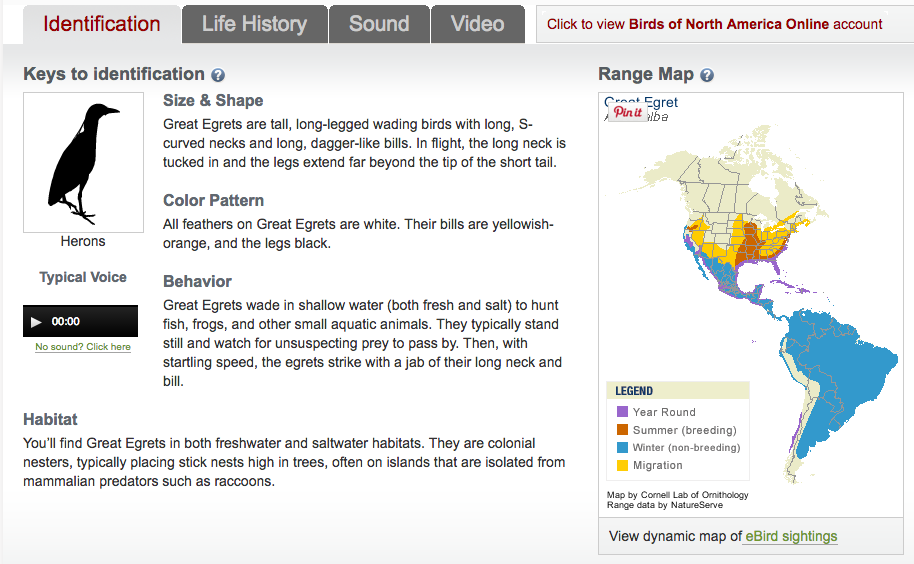
Parsons, J., Lukyanenko, R., & Wiersma, Y. (2011). Easier citizen science is better. Nature, 471(7336), 37-37.

Any other applications?

Thank you!
WIAD Slide deck
By acast317
WIAD Slide deck
Wits 2015 - 12.13.15
- 1,077



